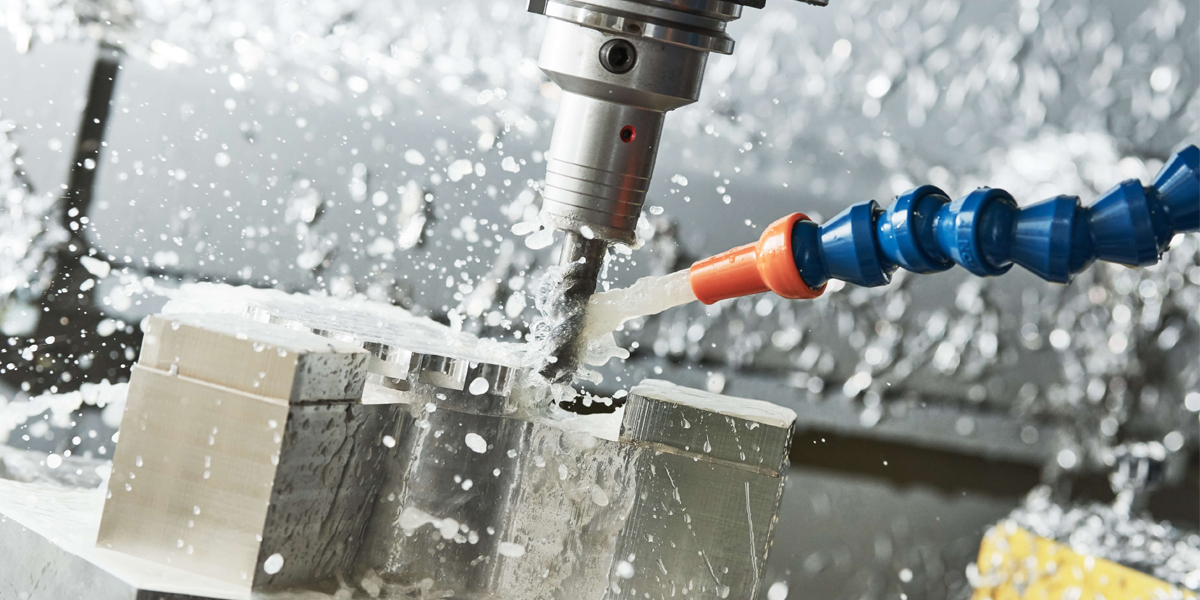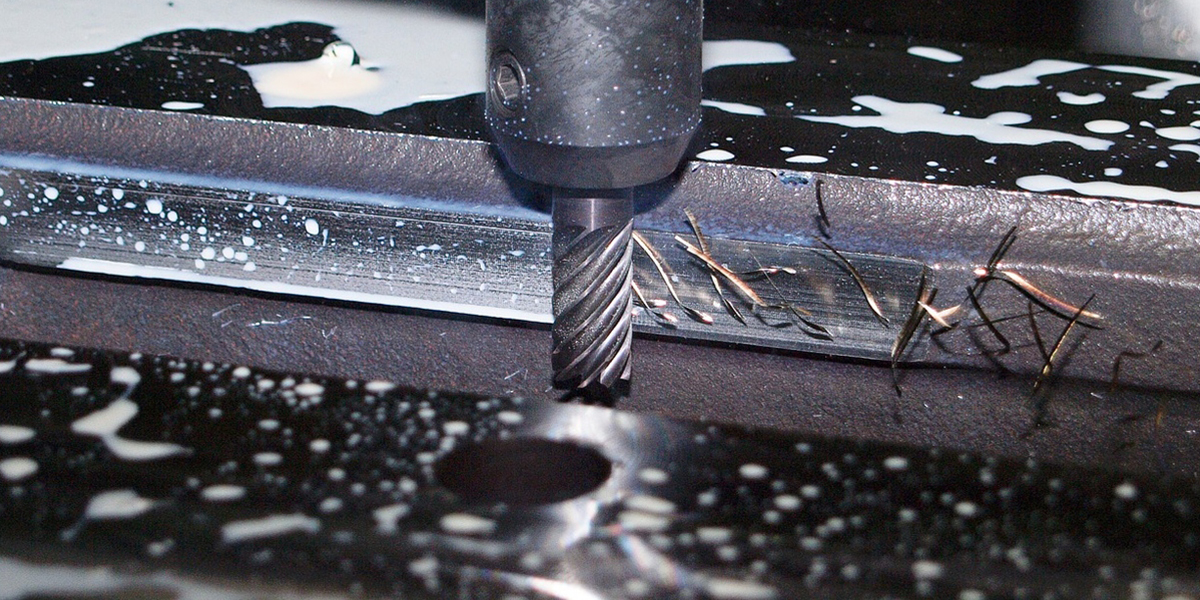Ⅰ. WHAT IS CNC MILLING?

CNC (Computer Numerical Control) milling is a subtractive manufacturing method that uses computerized controls and rotating multipoint cutting tools to progressively remove material from the workpiece and produce a custom-designed part or product.
In CNC milling, the workpiece is generally stationary, while the cutting tools move along the X, Y, and Z axes. The process begins with a CAD (Computer-Aided Design) model, which is then converted into a CNC program (G-code) and set up in the CNC milling machine.
A typical CNC milling process includes the following steps:
1. Designing a CAD Model: Designers create a 3D model of the part to be produced. The model represents the final shape of the product.
2. Converting the CAD File into a CNC Program: The CAD model is converted into a CNC program using a post-processor. The CNC program contains instructions for the CNC machine to perform the necessary operations to create the part.
3. Setting up the CNC Machine: Before starting the milling process, the correct tools are loaded into the tool holder of the CNC machine.
4. Executing the Milling Operation: After the setup is complete, the CNC machine executes the milling operation according to the program. The machine uses a spindle to rotate the cutting tools and progressively removes material from the workpiece.
5. Inspecting the Finished Product: After the milling process is complete, the produced part is inspected to ensure that it meets the design specifications.
CNC milling machines come in a variety of types, such as vertical and horizontal configurations, and they can be small for hobbyist uses or enormous for industrial-scale production. They are highly versatile and used in many industries, including automotive, aerospace, medical, and manufacturing. They can produce a wide range of parts, from simple pieces like brackets and plates to complex engine components and tooling molds.
Ⅱ. CNC milling machines are versatile and can be found in a range of industries due to their ability to create precise parts and complex geometries.
Jewelry Industry
Manufacturing
Research and Development
Education
Ⅲ. Various types of milling operations are utilized depending on the specifics of the task at project.
Plain Milling or Slab Milling
Face Milling
Angular Milling
Form Milling
End Milling
Gear Milling
Profile Milling
Straddle Milling
Thread Milling
Helical Milling
The type of milling operation to be used largely depends on the desired finish, the complexity of the part, and the material from which it is made.
—— Advantage and Disadvantage
Advantages:
High Precision
Versatility
Efficiency
Repeatability
Reduced Labor
Disadvantages:
High Initial Cost
Maintenance Cost
Limited to Material Size
Less Employment
Dependence on Electricity
Ⅳ. What need to be aware of during CNC milling?

Workpiece setup: Secure the workpiece to the machine correctly to avoid any movement during operation.
Tool selection: Ensure that the correct cutting tool is used for the specific material and specific operation.
Toolpaths and speeds: The CAM software will help you plan your toolpaths. Ensure that the toolpath is efficient and produces the desired geometry.
Coolants and Lubrication: Use the correct type of coolant or lubricant to minimize heat and friction, thereby extending tool life and improving the surface finish of the workpiece.
Machine Running: Monitor and control the machine while it is running.
Waste Management: Managing the chips produced during the milling process.
Quality Inspection: Regularly inspect parts produced to ensure they meet required specifications.
Routine Maintenance: Regular cleaning and maintenance of the CNC milling machine.
By focusing on these areas, GD-HUB ensure that the CNC milling process runs smoothly and produces high quality parts.